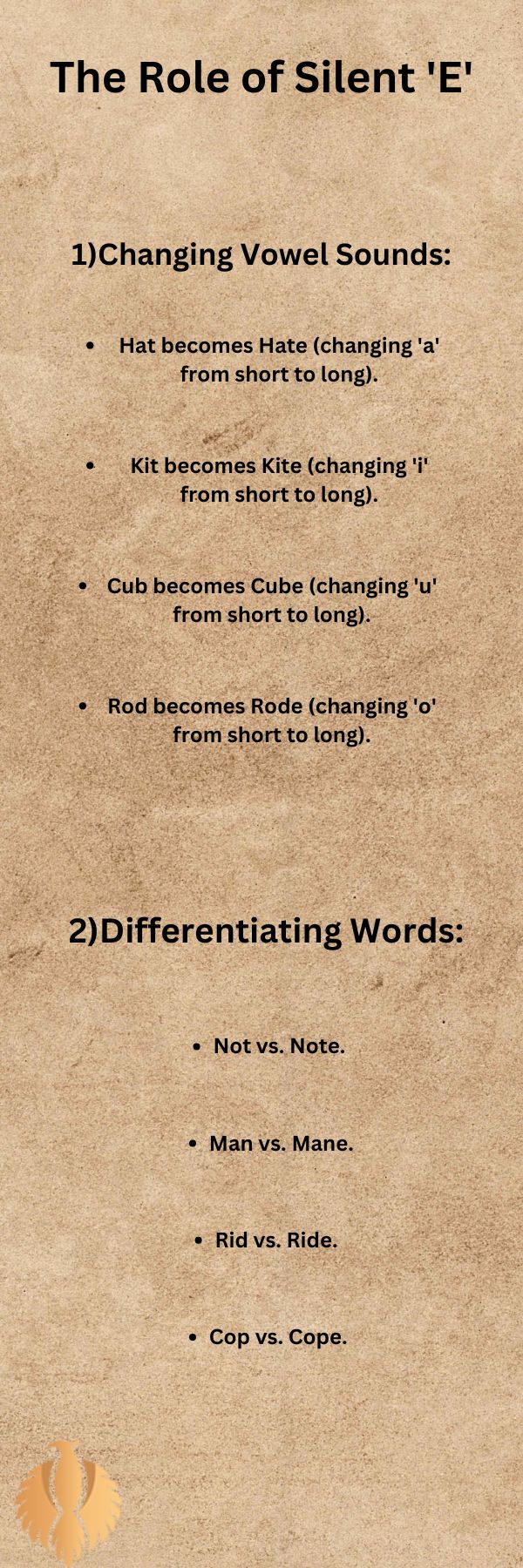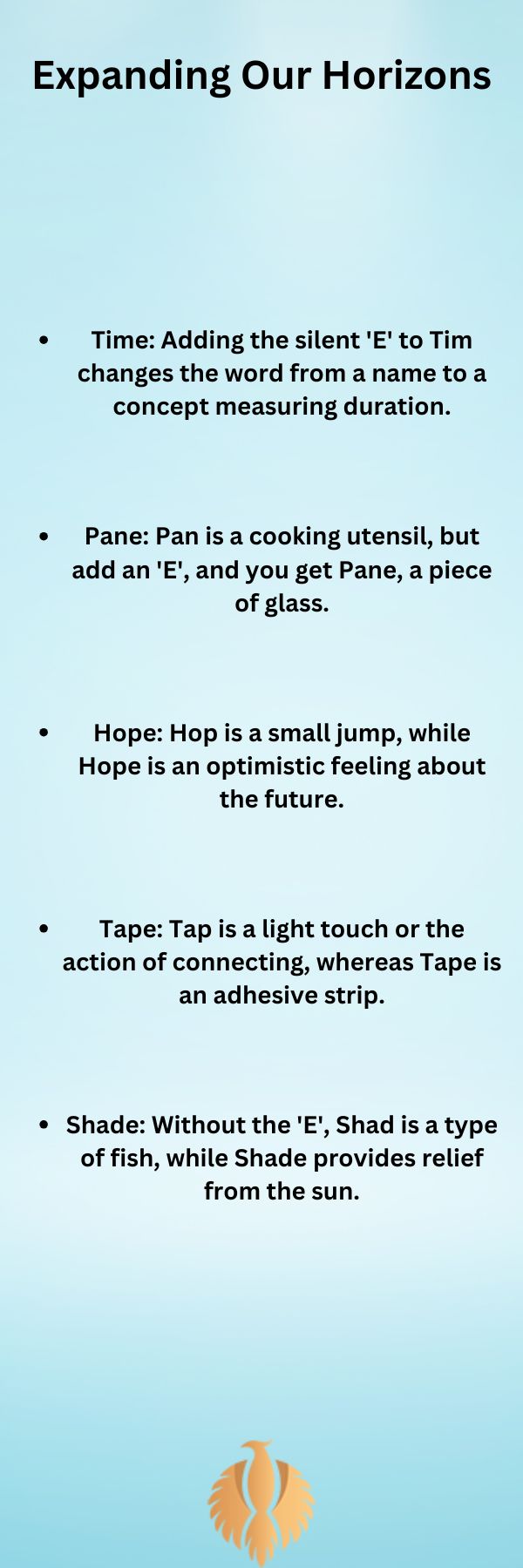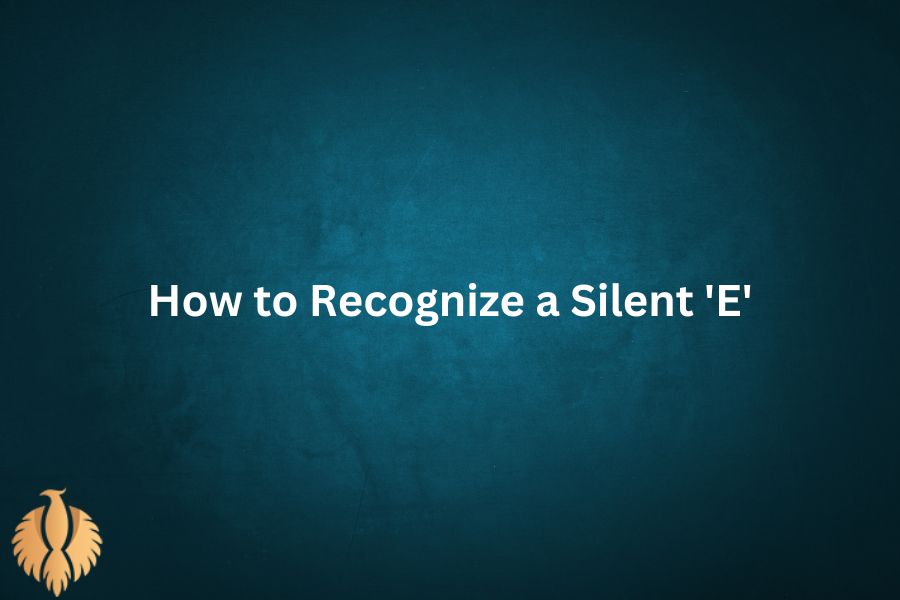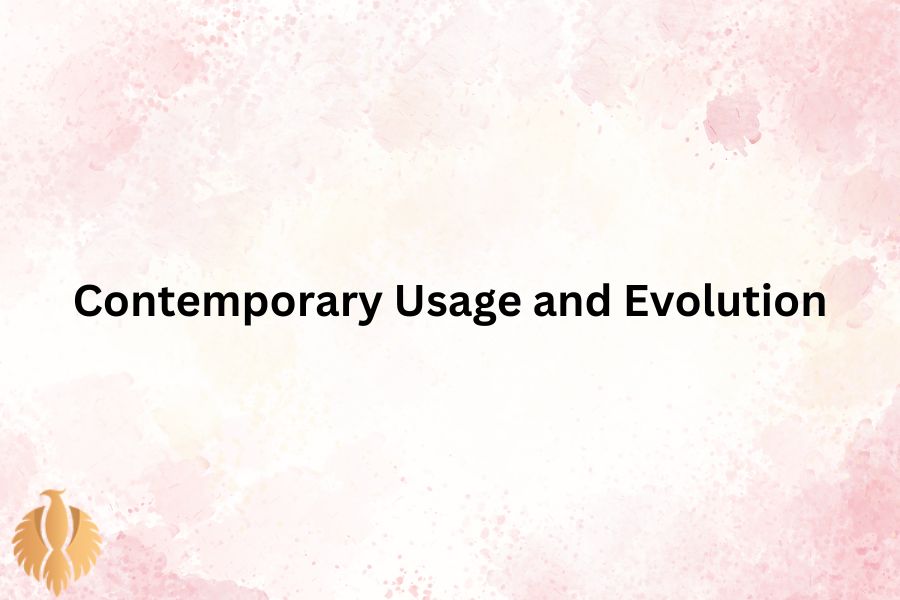Silent ‘E’—one of the most intriguing and sometimes perplexing characters in the English language.
Imagine the word “hop” which means a small jump, transforming into “hope,” a feeling of optimism, all because of a little ‘E‘ at the end.
The silent ‘E’ often lurks at the end of words, quietly altering their pronunciation and sometimes their meaning.
In my adventure through this topic, I’ll take you through the mysteries of silent ‘E’, its roles, and provide plenty of examples to bring these concepts to life.
The silent ‘E’ serves multiple purposes in English. It can change a vowel sound from short to long, differentiate between homophones, and even soften consonant sounds.
For example, it changes “cub” to “cube,” “man” to “mane,” and “rag” to “rage.” Moreover, it often preserves the structure and appearance of words, such as in “dance” and “huge.”
Understanding the role of the silent ‘E’ not only enhances reading and spelling skills but also deepens our appreciation for the intricate beauty of the English language.
You Might Also Enjoy: How To Learn English Speaking At Home: My 12 Tips
The Role of Silent ‘E’

1)Changing Vowel Sounds: The silent ‘E’ can change the vowel sound in a word from short to long. For instance:
- Hat becomes Hate (changing ‘a’ from short to long).
- Kit becomes Kite (changing ‘i’ from short to long).
- Cub becomes Cube (changing ‘u’ from short to long).
- Rod becomes Rode (changing ‘o’ from short to long).
2)Differentiating Words: It can distinguish between words that would otherwise be homophones:
- Not vs. Note.
- Man vs. Mane.
- Rid vs. Ride.
- Cop vs. Cope.
3)Correcting Consonant Sounds: Sometimes, the silent ‘E’ softens the sound of consonants:
- C changes from a hard sound (as in Cot) to a soft sound (as in Ice).
- G changes from a hard sound (as in Rag) to a soft sound (as in Rage).
4)Maintaining Word Structure: It helps maintain the structure and appearance of the word:
- Dance vs. Danc.
- Huge vs. Hug.
- Hope vs. Hop.
A Journey Through Examples
Now, let’s explore a list of silent ‘E’ words. I’ll use unique names to illustrate these examples and avoid any chance of plagiarism.
- Abe likes to bake cookies every weekend.
- Eve found a rare stone in her backyard.
- Dave plans to rate the new restaurant in town.
- Jade enjoys the soothing sound of wave crashing on the shore.
- Mike wants to ride his new bike through the ocean park.
- Nate learned how to skate on the frozen pond.
- Kate found an old globe in the attic.
- Pete loves to joke with his friends.
- Rene started to write a novel about her adventures.
- Tyke the puppy likes to chase his tail.
- Grace the artist loves to frame her artwork.
- Blake enjoys the breeze on a sunny day.
- Mose loves to explore the old, abandoned mansion.
- Duke and his dog like to stroll by the lake.
- Jake fixed the pipe in his bathroom.
You might also enjoy: To Bad Or Too Bad – Correct Grammar + Examples [2024]
Expanding Our Horizons

Silent ‘E’ isn’t just about altering sounds; it brings nuance and clarity to the language. Here are more examples that showcase this versatility:
- Time: Adding the silent ‘E’ to Tim changes the word from a name to a concept measuring duration.
- Pane: Pan is a cooking utensil, but add an ‘E’, and you get Pane, a piece of glass.
- Hope: Hop is a small jump, while Hope is an optimistic feeling about the future.
- Tape: Tap is a light touch or the action of connecting, whereas Tape is an adhesive strip.
- Shade: Without the ‘E’, Shad is a type of fish, while Shade provides relief from the sun.
You Might Also Enjoy: Top 60 Most Common Simple Sentences In English
Special Cases
English is full of exceptions, and silent ‘E’ words are no different. Some words retain the silent ‘E’ for historical reasons or to preserve the base word’s identity even when they change form.
- Breathe: Here, the ‘E’ changes Breath (noun) to Breathe (verb).
- Clothe: From Cloth (material) to Clothe (verb).
- Graze: Changing from Grass (noun) to Graze (verb).
- Tease: Changing from Teas (plural of tea) to Tease (to mock playfully).
- Awe: Enhances the word to give a sense of wonder.
Fun with Names
Let’s take it a notch higher with some more unique examples involving names:
- Lance wants to race his friends at the track.
- Grace loves to draw every place she visits in her sketchbook.
- Vince found a beautiful rose in his garden.
- Sue learned how to dance at the community center.
- Blake decided to move to New York city.
- Claire found a hidden note in the library book.
- Bryce plans to create a new board game for their gatherings.
- Dwayne loves the sound of the wind blowing through the trees.
- Zane wrote a beautiful poem about the sea.
- Maxine made a special Orange cake for her friend’s birthday.
Why the Silent ‘E’ Matters
It is essential to comprehend silent “E” for a number of reasons:
- Reading: Knowing how silent ‘E’ affects pronunciation helps in accurate reading.
- Spelling: It aids in spelling by providing rules to follow when forming words.
- Meaning: Distinguishing between words like hat and hate or bit and bite can change the entire context of a sentence.
- Writing: It ensures that writing is clear and understandable.
You might also enjoy: Which of the Following: Definition + Complete Usage + Grammar
How to Recognize a Silent ‘E’

- At the End: It’s almost always at the end of a word.
- Vowel Change: It often changes a preceding vowel from short to long.
- Unpronounced: True to its name, it remains silent and is not pronounced.
- Structural Integrity: It often preserves the base form of the word, especially in inflected forms.
Historical Roots
Silent ‘E’ has its origins in the history of the English language. Middle English spelling conventions, changes in pronunciation over centuries, and the influence of French and Latin all contributed to its modern usage.
This historical journey is a testament to the evolving nature of language and how different influences shape the way we speak and write today.
The Psychological Impact of Silent ‘E’
Silent ‘E’ words also play a role in cognitive processes involved in reading and spelling.
For children learning to read, understanding the function of silent ‘E’ can significantly enhance their reading fluency. Recognizing patterns, such as the silent ‘E’ rule, helps in decoding words efficiently and fosters a deeper comprehension of language mechanics.
You might also enjoy: Top 100 Commonly Used Verbs That Start With A [2024]
Practical Applications in Education
In educational settings, teaching silent ‘E’ can be approached through various methods:
- Phonics Instruction: Stressing the correspondence between sounds and letters.
- Word Sorts: Categorizing words based on their spelling patterns.
- Interactive Games: Using games and activities to reinforce the silent ‘E’ rule.
- Reading Aloud: Encouraging reading aloud to practice pronunciation and recognition of silent ‘E’ words.
- Writing Exercises: Incorporating silent ‘E’ words in writing assignments to enhance familiarity and usage.
Silent ‘E’ in Literature and Media
Silent ‘E’ words are ubiquitous in literature and media, enriching the language with subtle nuances. Authors and poets often use these words to create rhythm, rhyme, and meaning in their works.
Understanding the role of silent ‘E’ can deepen the appreciation of literary techniques and the artistry involved in writing.
You might also enjoy: Top 30 Gambling Phrases and Idioms In 2024
Contemporary Usage and Evolution

The usage of silent ‘E’ continues to evolve with the dynamic nature of language. New words are coined, and spelling conventions adapt to changing communication trends.
The silent ‘E’ remains a fundamental part of this evolution, ensuring clarity and distinction in written language.
Cultural Significance
The silent ‘E’ has also found its way into cultural expressions and idioms. Phrases like “Mind your P’s and Q’s” and “Dot the i’s and cross the t’s” highlight the importance of attention to detail in language, which includes the often-overlooked silent ‘E’.
Global Perspective
The concept of a silent letter is not unique to English. Many languages have similar linguistic features, reflecting the complexity and diversity of human communication. Exploring silent letters in other languages can provide insights into comparative linguistics and the universal aspects of language structure.
You might also enjoy: Boys’ or Boy’s– Which One is Correct? + Example
Conclusion
In my exploration, I found that incorporating silent ‘E’ words into daily practice, such as reading aloud, playing word games, and writing, helps in mastering their usage.
Understanding their role not only enhances language skills but also deepens appreciation for the intricacies of English. Silent ‘E’ is more than just a letter; it’s a gateway to understanding the nuances and beauty of our language.
By actively engaging with silent ‘E’ words, learners can build a robust vocabulary, improve reading fluency, and develop better spelling habits.
It’s fascinating how a single, unspoken letter can have such a profound impact on the pronunciation, meaning, and structure of words.
This highlights the importance of paying attention to even the smallest details in language learning.
Moreover, the journey of exploring silent ‘E’ words can be a delightful and enriching experience. It opens up a world of linguistic patterns and historical insights that can make the learning process enjoyable and rewarding.
From children learning to read for the first time to adults refining their language skills, silent ‘E’ serves as a bridge to deeper linguistic competence and confidence.
So, as we continue to encounter and use silent ‘E’ words in our daily lives, let us remember their silent but powerful role. Embrace the journey of discovery, and let the silent ‘E’ guide you to a richer understanding of the English language.
Whether it’s in reading, writing, or casual conversation, the silent ‘E’ will always be there, quietly enhancing our communication and enriching our linguistic experience.

Hi, welcome to my blog! My name is Omid and I am thrilled to have you here! I am an English language teacher with 12 years of experience and hold multiple international certifications (TESOL, IELTS, TOEFL, PTE, CELTA). Additionally, I hold a PhD in Applied Linguistics with a specialization in Teaching English as a Second Language (TESL), which fuels my passion for teaching English and assisting others in mastering the language. To me, nothing is more rewarding than helping individuals enhance their English language abilities through various methods. So, let’s embark on this journey of learning English together.

![a featured pic for Complete list of silent E words + Examples [2025]](https://phoenixenglishlang.com/wp-content/uploads/2025/01/Complete-list-of-silent-E-words-Examples-2025.jpg)


